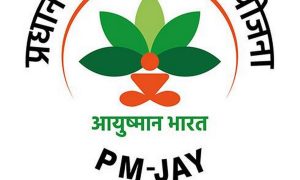Form 15G is used by individuals below the age of 60, while Form 15H is specifically for senior citizens, who are 60 years or older.
Form 15G and Form 15H are self-declaration forms that individuals can submit to banks or financial institutions to prevent Tax Deducted at Source (TDS) on specific types of income. Form 15G is used by individuals below the age of 60, while Form 15H is specifically for senior citizens who are 60 years or older. These forms serve as declarations that the individual’s income for the relevant financial year falls below the taxable limit, thus indicating that no tax is payable.
Read More: Planning A Visit To A Bank This Month? Know June Holidays
Individuals who receive income from fixed deposits, recurring deposits and similar investments often submit Form 15G or Form 15H. These forms are beneficial as they enable individuals to avoid TDS on such income, which is advantageous for those earning below the taxable limit.
Senior citizens can prevent TDS on specific income types by submitting Form 15H to the banks. This form serves as a declaration that the senior citizen’s total earnings for the applicable financial year are below the taxable limit, indicating that no tax needs to be paid.
Read More: Petrol, Diesel Fresh Prices Announced Today: Check Fuel Rates In Your City on June 2
It’s worth noting that senior citizens have a higher basic exemption limit compared to non-senior citizens. For the financial year 2022-23, the basic exemption limit for senior citizens is Rs 3 lakh, whereas it is Rs 2.5 lakh for non-senior citizens. This implies that senior citizens can earn a higher income without being liable to pay taxes.
Banks deduct TDS from fixed deposits based on the documents provided by the investor. Typically, if the interest generated from an FD exceeds Rs 40,000, a 10% TDS is deducted at the source. However, if the investor has not provided their PAN number to the bank, the TDS deduction for FDs generating more than Rs 40,000 interest is increased to 20%. Therefore, it is essential for investors to provide the correct PAN number while submitting these forms.
Additionally, investors need to provide other details such as telephone numbers, email IDs, occupation, complete addresses and information about income from other sources, which may include investments, dividends, or withdrawals from National Savings Schemes. The process has been simplified, allowing investors to now file these forms online and avoid the inconvenience of physical submission of copies.





































